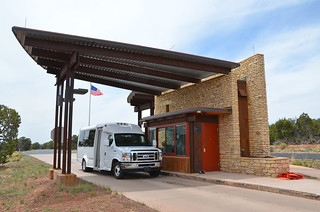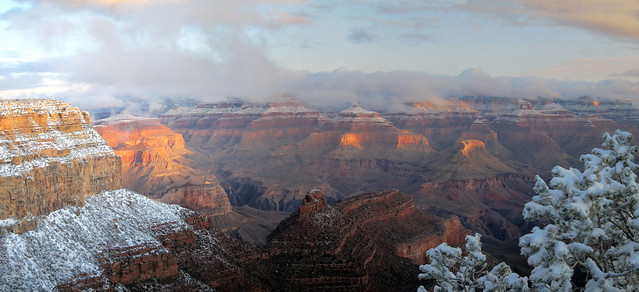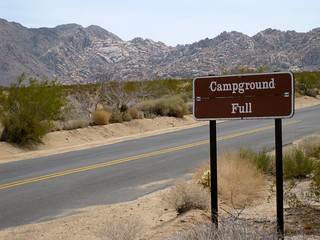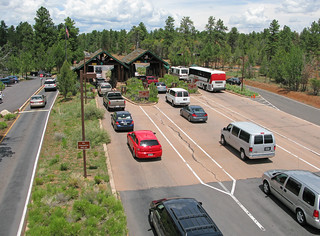In a rare act, Congress has passed a bill that includes perks for the National Park System. Friday, December 19, President Obama signed into law the Defense Authorization Act, which includes the creation of seven new National Parks and Monuments in eight states.
 |
| NPS photo |
Blackstone River Valley National Historical Park will be comprised of specific historic sites and resources within the John H. Chaffee Blackstone River Valley National Heritage Corridor which stretches f
rom Pawtucket, Rhode Island to Worcester, Massachusetts. The park will protect and interpret resources associated with the development of textile mills and other industries in the valley.
Tule Springs Fossil Beds National Monument in the greater
Las Vegas, Nevada area will protect and interpret significant Pleistocene paleontological, scientific, educational and recreational resources. The monument will be created with the transfer of 22,650 acres of land from the Bureau of Land Management to the National Park Service.
 |
| NPS photo |
Valles Caldera National Preserve, an historic ranch with vast natural and cultural resources that lies within a volcanic caldera in
the Jemez Mountains of New Mexico, is being transferred from the Valles Caldera Trust to the National Park Service. Grazing, hunting and fishing, trapping and other traditional uses will continue at the ranch. The legislation also provides protections for Native American archeological and sacred sites, dissolves the Valles Caldera Trust, provides special hiring authorities for current Trust employees, and governs the transition of assets and liabilities to the National Park Service.
 |
| AgnosticPreachersKid on wikipedia.com |
Pershing Park near the White House is re-designated as the World War I Memorial in honor of veterans throughout the nation who served in that war. The
District of Columbia World War I Memorial on the National Mall will continue to be dedicated to District residents who served in World War I.
Coltsville National Historical Park in
Hartford, Connecticut is authorized to be established after the Secretary of the Interior acquires sufficient lands for a manageable park, including space in the renovated East Armory building. The park will protect and interpret resources associated with the historic Colt arms manufacturing facilities and community.
 |
| wikipedia.org |
Harriet Tubman National Historical Park is authorized to be established after the Secretary of the Interior acquires sufficient lands for a manageable park. The park will protect and interpret resources associated with the life and work of Harriet Tubman in
Auburn, New York where she lived in her later years after her Underground Railroad work. The park will be a companion to the Harriet Tubman Underground Railroad National Historical Park on the Eastern Shore of Maryland.
 |
| Hanford -- U.S. Government Work |
Manhattan Project National Historical Park is authorized to be established after the National Park Service and the Department of Energy enter into an agreement. The park will protect and interpret resources associated with the development of the atomic bomb during World War II. The park will have t
hree locations: Hanford, Washington, Los Alamos, New Mexico, and Oak Ridge, Tennessee. It will be administered in partnership with the Department of Energy which will continue to own most facilities.







 Keep stuff in place
Keep stuff in place










